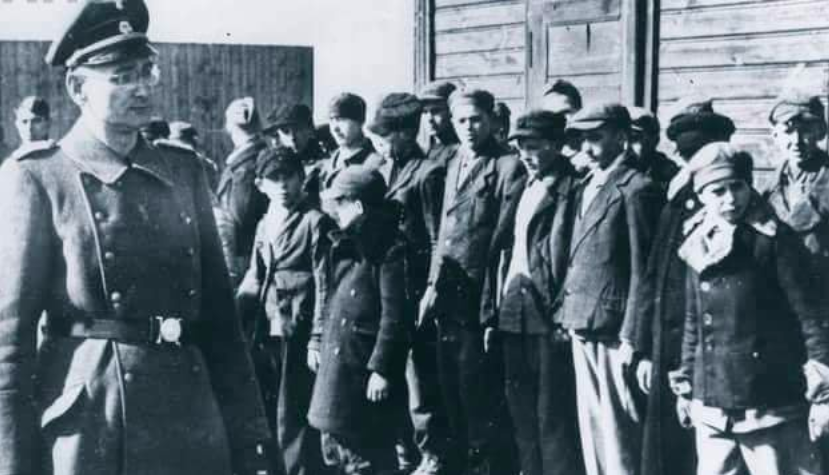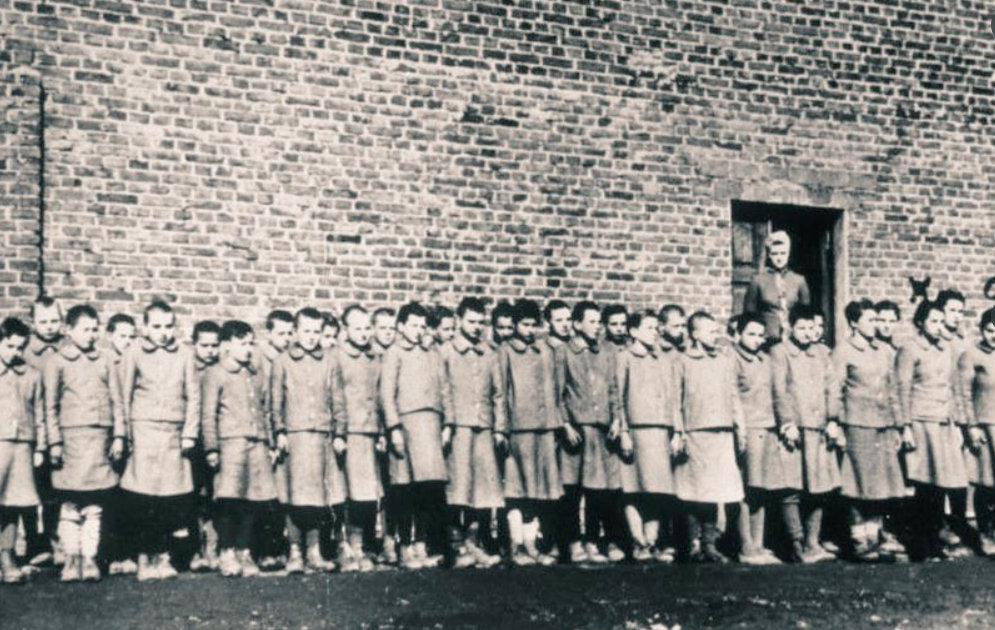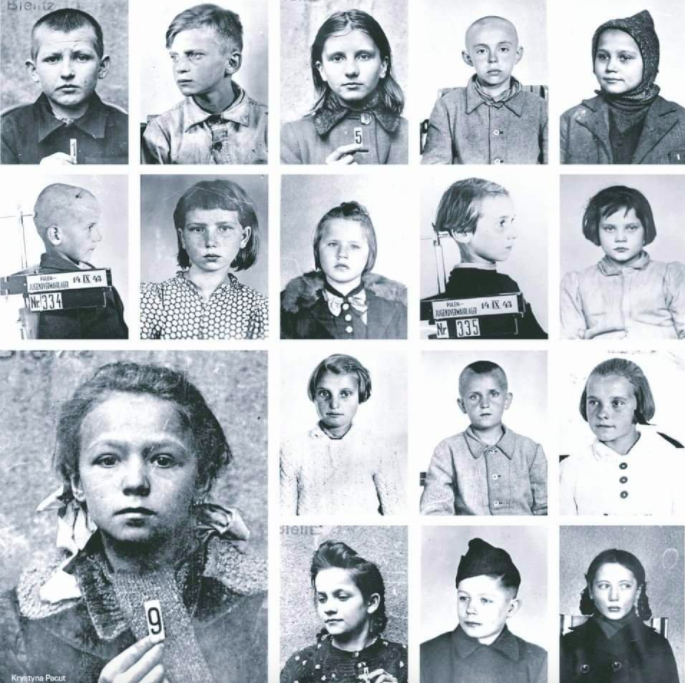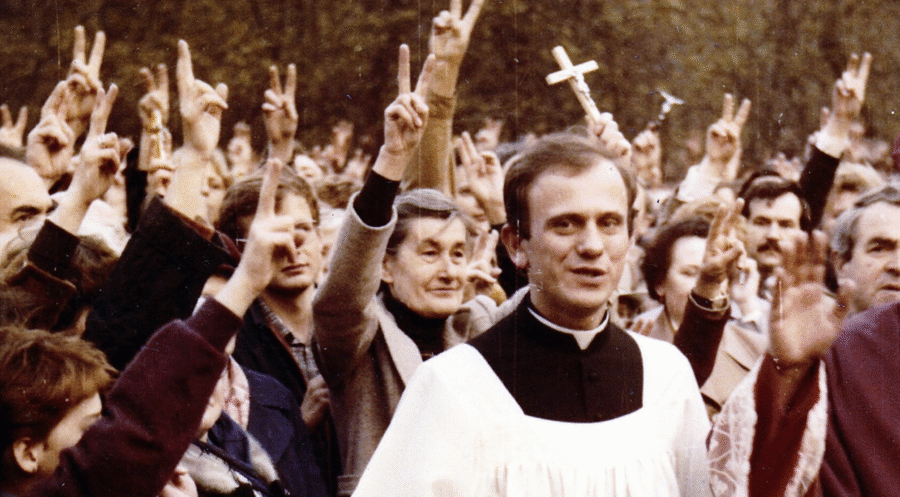Historians from the Museum of Polish Children – victims of totalitarianism informed the media about the chilling discovery of 77 graves of children who died in a concentration camp for children established by the Germans during World War II in the Polish city of Łódź.
The German Preventive Security Police Camp for Polish Youth in Łódź (Polenjugendverwahrlager der Sicherheitspolizei in Litzmannstadt) was established in December 1942. The concept of establishing a camp for Polish children appeared in the summer of 1941. Its originator was the head of the National Youth Office (Landesjugendamt) in Katowice, Alvin Brockmann.
The primary duty of the inmates was to support the German economy and the army with their labour. Its aim was in other words the exploitation and in some cases, the Germanisation of Polish children mostly aged from twelve to sixteen whose parents refused to sign the volkslist.
The children were detained in atrocious conditions. They had to work as slaves in the renovation and construction of barracks and performed work for the needs of the camp and the army. They were regularly beaten, flogged, starved and humiliated by the staff supervising them.
The rooms of the buildings and barracks were chilled, the bunks were overcrowded, and the lack of proper sanitation resulted in skin diseases and a plague of lice and fleas. Additionally, at the beginning of 1944, a typhus epidemic broke out in the camp. Death was also caused by hypothermia and starvation, which was obviously widespread as a result of the above-mentioned sadistic methods used by the Germans.
The Germans planned that the camp would hold two thousand prisoners at a time, but the highest number of registered inmates, 1,200, was recorded in the summer of 1944. Even though the exact number of children who were made prisoners of the camp remains unknown, it is believed that it amounts to, at least, several thousand. When the German occupation of Łódź ended in mid-January 1945, there were over 800 underage prisoners in the camp. After the end of World War II, the memory of the German labour camp for Polish children in the Litzmannstadt Ghetto began to weaken, and almost all its remnants were destroyed.
Last June, the Minister of Culture and National Heritage, Piotr Gliński, together with the Ombudsman for Children, Mikołaj Pawlak, and the authorities of the Institute of National Remembrance, established the Museum of Polish Children – Victims of Totalitarianism. Its aim is to commemorate the youngest victims of German crimes perpetrated during World War II.
Author: Sébastien Meuwissen
Pictures: Institute of the National Remembrance, public domain











